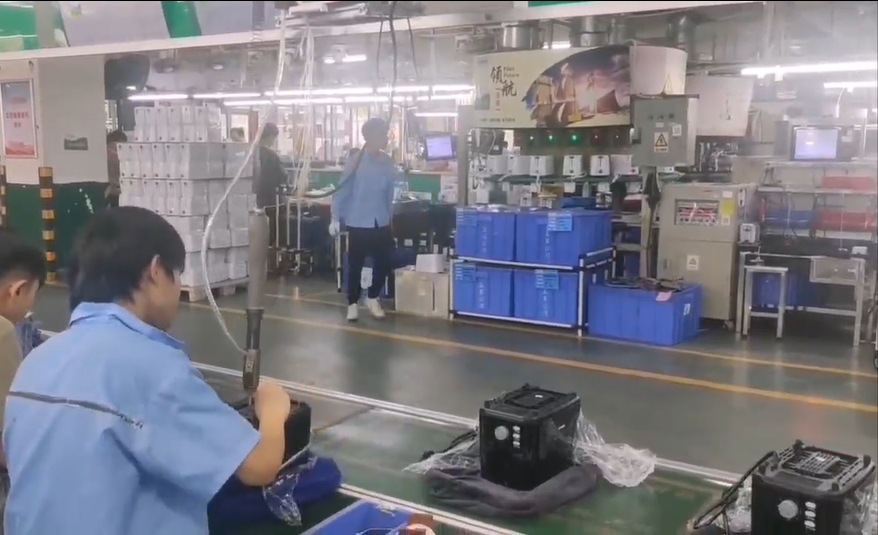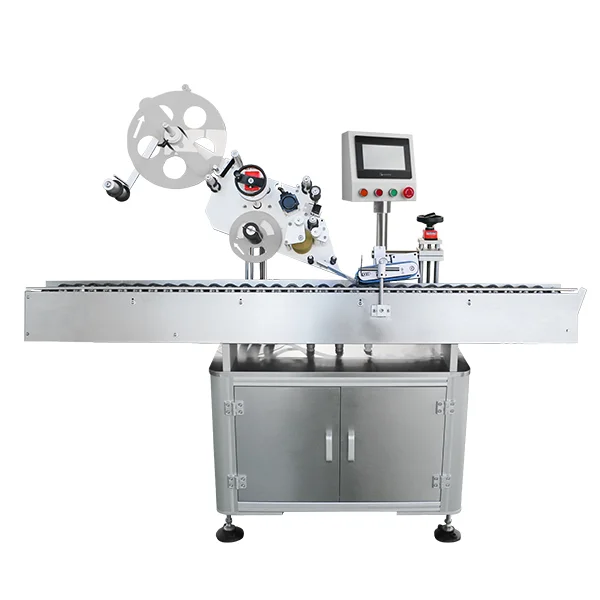In the realm of technology and systems management, troubleshooting is an inevitable part of maintaining operational efficiency. Whether you are dealing with software applications, hardware systems, or network configurations, the ability to effectively diagnose and resolve issues is paramount. However, before diving into the complexities of problem-solving, it is essential to recognize that the initial and most crucial step when troubleshooting a system is to accurately identify the problem. This foundational phase sets the stage for all subsequent actions and decisions.
Understanding the Importance of Problem Identification
The significance of accurately identifying the problem cannot be overstated. Many technicians and system administrators fall into the trap of jumping to conclusions based on assumptions or incomplete information. This often leads to misdiagnosis, wasted resources, and prolonged downtime. By taking the time to thoroughly understand the issue at hand, you can streamline the troubleshooting process and enhance the likelihood of a successful resolution.
Steps to Accurately Identify the Problem
- Gather Information: The first step in problem identification is to collect as much relevant information as possible. This includes user reports, system logs, error messages, and any recent changes made to the system. Engaging with end-users can provide valuable insights into the symptoms they are experiencing, which can help narrow down potential causes.
- Reproduce the Issue: If feasible, attempt to replicate the problem in a controlled environment. This can help confirm the existence of the issue and provide a clearer understanding of its nature. Document the steps taken to reproduce the problem, as this information will be invaluable during the troubleshooting process.
- Analyze System Logs: System logs are a treasure trove of information that can reveal underlying issues. By analyzing logs, you can identify patterns, anomalies, or specific error codes that may point to the root cause of the problem. Tools such as log analyzers can assist in this process, making it easier to sift through large volumes of data.
- Utilize Diagnostic Tools: Leverage diagnostic tools and software that can help pinpoint issues within the system. These tools can perform health checks, monitor performance metrics, and provide real-time feedback on system status. Utilizing these resources can significantly expedite the identification process.
- Consult Documentation and Knowledge Bases: Often, the solution to a problem may already exist in the form of documentation or knowledge bases. Review system manuals, troubleshooting guides, and online forums to see if others have encountered similar issues and how they resolved them.
The Role of Critical Thinking
Critical thinking plays a vital role in the problem identification phase. It involves analyzing the information gathered, questioning assumptions, and considering multiple perspectives. By employing a systematic approach to critical thinking, you can differentiate between symptoms and root causes, ultimately leading to a more accurate diagnosis.
The Impact of Effective Problem Identification
When the initial step of accurately identifying the problem is executed effectively, the entire troubleshooting process becomes more efficient. Technicians can focus their efforts on targeted solutions rather than engaging in a trial-and-error approach. This not only saves time but also minimizes the risk of introducing new issues into the system.
Moreover, effective problem identification fosters a culture of continuous improvement. By documenting the troubleshooting process and outcomes, organizations can build a repository of knowledge that can be referenced in future incidents. This not only enhances the skills of the troubleshooting team but also contributes to the overall resilience of the system.
Conclusion
In conclusion, the initial and most crucial step when troubleshooting a system is to accurately identify the problem. By gathering information, reproducing the issue, analyzing logs, utilizing diagnostic tools, and applying critical thinking, technicians can lay a solid foundation for effective problem resolution. This approach not only enhances operational efficiency but also cultivates a culture of learning and improvement within organizations. As technology continues to evolve, mastering the art of problem identification will remain a vital skill for anyone involved in system management and troubleshooting.



